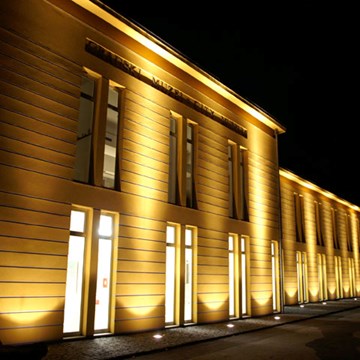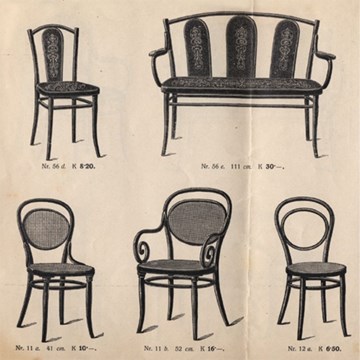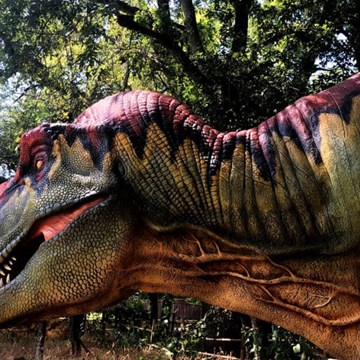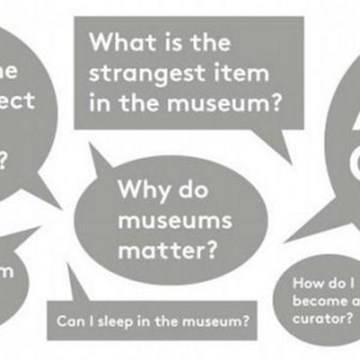National World War II Museum
The National World War II Museum, formerly known as the National D-Day Museum, is a museum located in the Central Business District of New Orleans, Louisiana, at the corner of Andrew Higgins and Magazine Street. It focuses on the contribution made by the United States to victory by the Allies in World War II, and the Battle of Normandy in particular. It was designated by the U.S. Congress as "America's National World War II Museum" in 2003.
The museum opened its doors to the public on June 6, 2000, the 56th anniversary of D-Day. The museum has a large lobby where aircraft and other items are suspended from the ceiling. The building is several stories high; elevators are available but the stairs are more accessible and are quicker. Visitors begin their self-guided tour of the museum on the top floor and work their way down toward the ground floor. The museum goes in chronological order; that is, the top floor assesses the political, social, and economic conditions that led up to World War II and D-Day. For example, the museum compares the relative military strengths of major nations entering the war. Later visitors see a model of the beaches of Normandy with the relative positions of the number of aircraft and amphibious vehicles. However, the museum does not solely discuss the invasion; visitors may also view an electronic map of the Pacific Ocean that lights up to illustrate the Allied strategy of island hopping, culminating with nuclear attacks on Hiroshima and Nagasaki in August 1945.
Visitors to the museum are encouraged to allocate roughly 2½ to 3 hours to tour the museum. The museum also contains two auditoriums where educational videos are played, as well as a gift shop.
Text source: http://en.wikipedia.org/wiki/National_World_War_II_Museum
Photo source: http://commons.wikimedia.org/wiki/File:DDayMuseumOnCamp30Nov07.jpg
Exhibitions and events
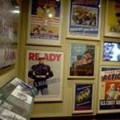
America Goes to War
Permanent exhibitionAmerica's mobilization effort and life on the home front is illustrated through photographs, newspapers, recruitment posters, letters, personal foments and other artifacts that interpret the...
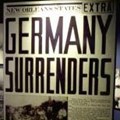
Victory in Europe
Permanent exhibitionEstablishing a successful beachhead in Normandy was the beginning of a long road to victory in Europe. The fighting in the Normandy hedgerow country was some of the most fierce of the war. The summer...
Educational programs
We don't have anything to show you here.
Collections
We don't have anything to show you here.


